What is Applicant Tracking System (ATS) ?
An applicant tracking system (ATS) is software that manages the recruiting and hiring process, including job postings and job applications. It organizes information about job seekers and makes it searchable.
As its name implies, an ATS tracks candidates through the hiring process. It helps with interview scheduling, issues notifications and alerts, and sends automated emails to candidates and employees, such as recruiters and hiring managers.
Essential Features of an Applicant Tracking System (ATS)
- Resume parsing :This is the process of extracting data from resumes, such as contact information, work history, educational background, and skills.
- Advanced search :This enables you to filter applications by specific keywords, job titles, skills, experience, education, and more.
- Candidate sourcing :This allows you to actively search for, identify, and reach out to potential candidates for open positions.
- Multi-channel candidate sourcing :This lets you search for potential candidates using multiple channels, including job boards, social media, and employee referrals.
- In-built CRM software : Some ATS also features CRM software to cover all your needs in one platform.
- Email templates Most ATS offer email templates to ensure that all your correspondence with candidates is consistent and professional.
- Advanced analytics and reporting :This allows you to generate detailed reports on job seekers, hiring trends, and other data.
- Various integrations :This means the ATS can connect with different types of software, such as email marketing software, accounting software, and CRM systems.
- Ability to schedule interviews :By automating interviews, you won’t have to waste time rescheduling, sending out reminders, or coordinating multiple calendars.
- Real-time collaboration :This allows people from different parts of the organization to get involved in the sourcing, screening, and decision-making regarding new hires.
- Automation based on certain events and conditions : This means your ATS will only be triggered to do something if a specific scenario occurs.
Applicant tracking systems make it easy for people to apply for a position on any device, without having to log in. This means that companies benefit from a larger pool of applicants.Because there are so many applicants, companies use ATS software to automatically surface and highlight top candidates.
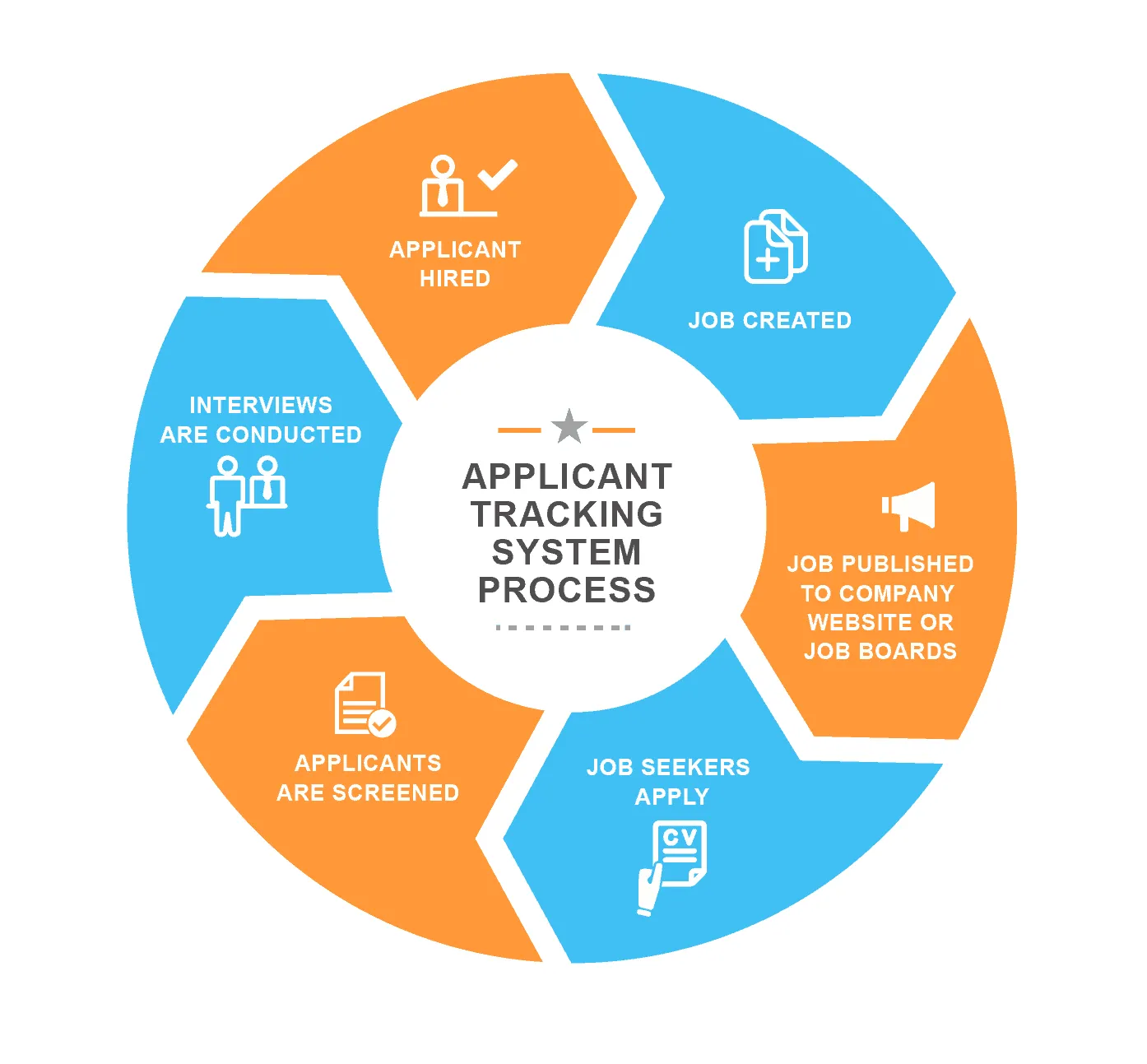
Various Application Tracking Systems (ATS)
- Freshteam
- Zoho Recruit
- Recooty
- Smart Recruiters
- Pyzama HR
- Breezy HR
- VanHack
- Jobsoid
- Recruitee
- Teamtailor
- Mighty Recruiter
- Workable
- Paycor
- Jobvite
ATS Tracking Metrics
Recruitment is no different than sales. You need to track everything to make sure you can make intelligent, data-driven decisions. Having an applicant tracking system allows you to track your every movement to have more insights into working and what may not be working for your recruitment team. Here is what to know about the important metrics you should track with your applicant tracking system or ATS tracking.
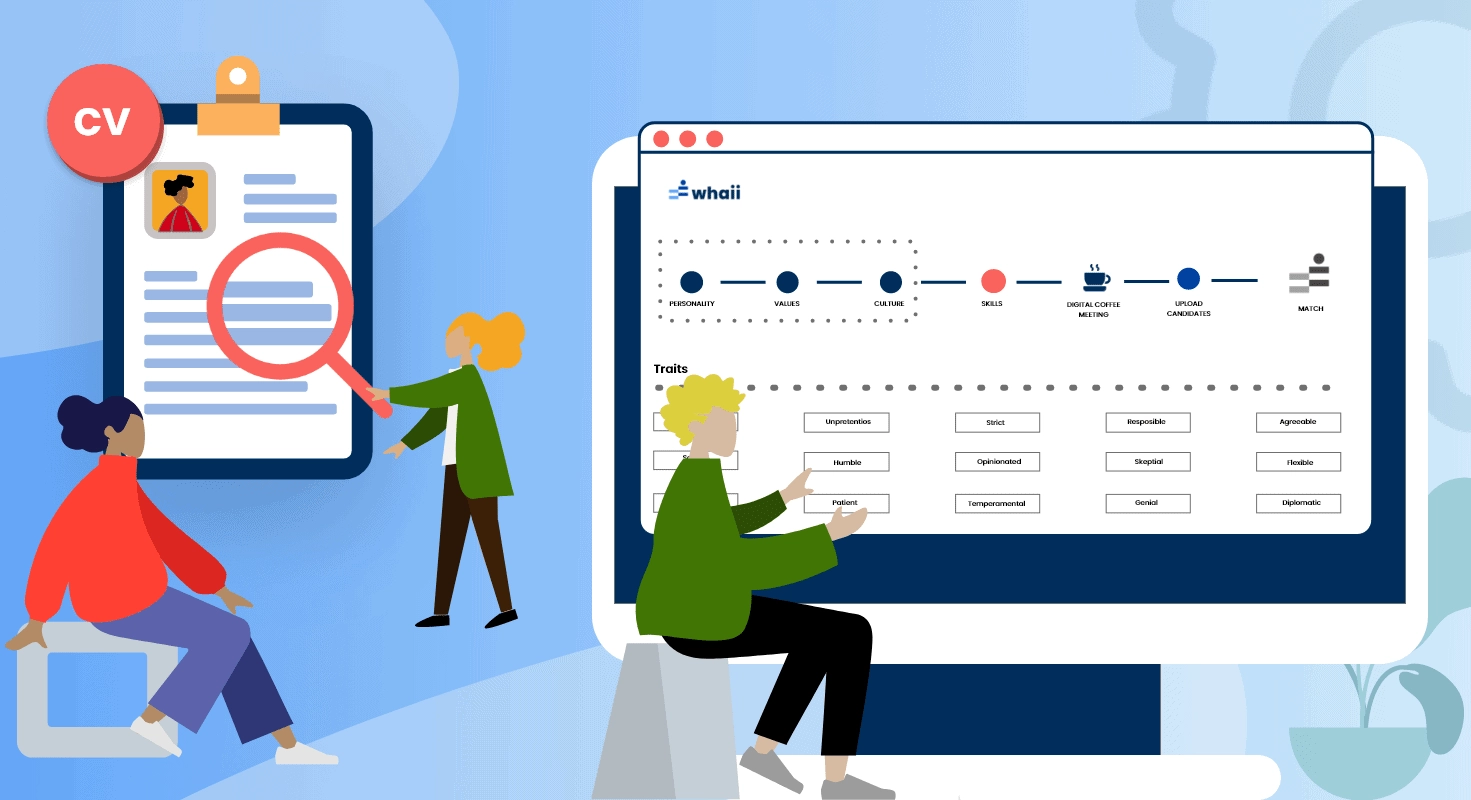
1. Time to Hire
An ATS usually provides key metrics to best measure the efficiency of your recruitment team and the hiring process. Time to hire is when it takes to fill a position, from when the job is opened to when it is filled. The average time to hire is around 3-4 weeks. If your time is above or below this, it should give you insights into how efficient your recruitment process is and how. If your time to hire metric is high, that means your process is inefficient. And may need some TLC.
Some vacancies might take longer than expected to fill. That is just the name of the game. However, this could probably indicate the recruitment strategies require a review. Moreover, Reducing the hiring time can provide a better experience for your recruitment team and a better experience for your candidates.

2. Source to Hire
ATS tracking helps track what sources your candidates are coming from. If your recruitment team identifies successful candidates coming from the same source, it becomes crucial to put more effort into that source to find more competent candidates. This also helps your organization to discover areas where paid promotion needs to focus on if you have a recruitment marketing strategy. Thus, an ATS allows you to examine hiring data and find out sources that are the best performers.

3. Section Statistics
This metric is vital in understanding the fundamental insights into how your application forms are performing. A valuable benefit of the applicant tracking system is to show you candidates that started an application but didn’t complete it. This helps the recruitment team highlight specific points of the application form where candidates dropped off. Thus, you can quickly determine whether an application process needs to be readjusted.

4. Number of Candidates
When evaluating recruitment data, the number of applicants being interviewed is an essential metric for your recruitment team. If you’re interviewing few candidates for a position that should have attracted more talents, then you need to rethink how you approach candidates or where you source for them. Therefore, an applicant tracking system will help you compare the number of applicants against the expected number of candidates and placements. Your recruitment team can then make the necessary changes to correct the variance.

5. Quality of Hire
Your recruitment team should be looking for the success rate of your recruits as an essential metric for how well your organization’s efforts are working. Your applicant tracking system helps you assess how well recruits perform on their assigned roles and responsibilities. This makes it possible to know the effectiveness of the recruitment team in identifying quality and loyal talent.

6. Cost per Hire
Cost per Hire (CPH) is one of the critical metrics you get from an applicant tracking system. CPH usually helps compare recruitment efforts to cost-saving benefits for an organization. CPH helps ensure recruitment efforts make sense for your business and stay on par with your respective industry, size, and location.
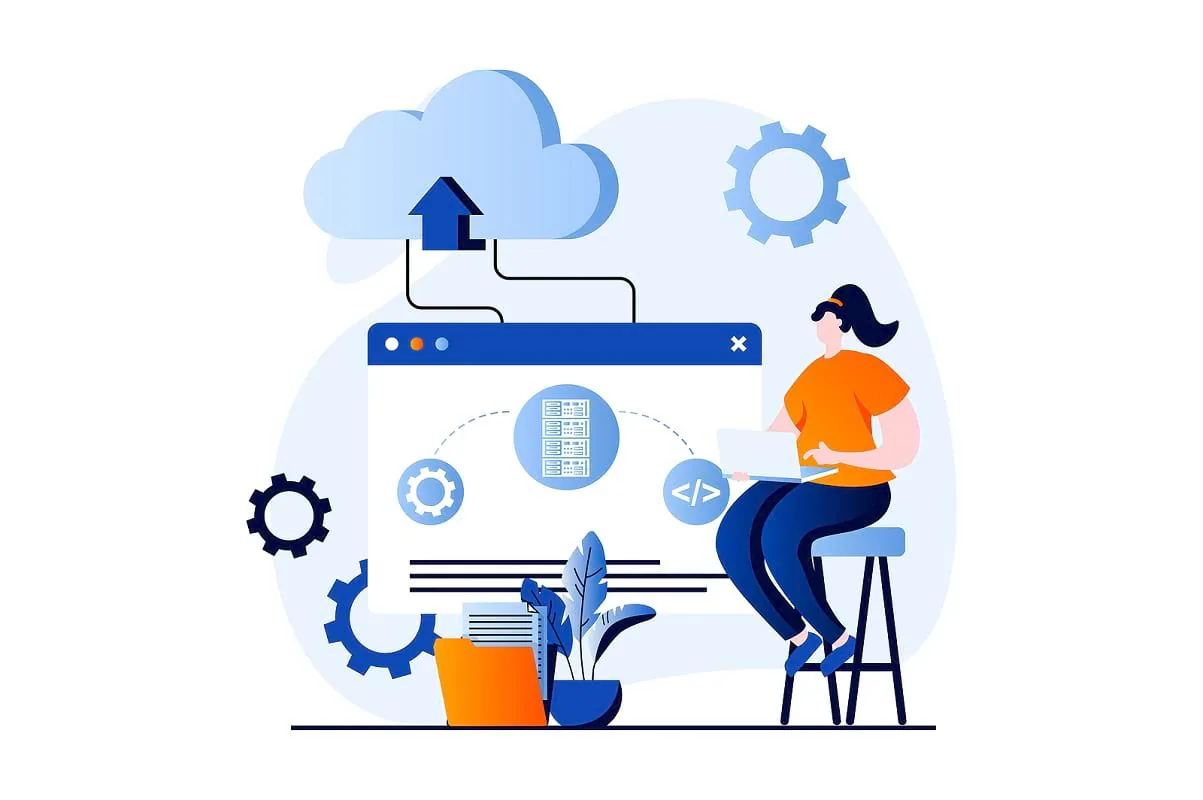
Pyjama HR – Applicant Tracking System
In Meetri, we use pyjama HR for ATS to -
- Manage applicants
- Post to job boards
- Schedule & conduct interviews
- Hire top talent - One tool to do it all
With Pyjama HR, you get a bird’s eye view of all things hiring, schedule interviews easily, collaborate with your hiring team in real time, and manage numerous candidate profiles effortlessly.
- Customizable hiring :Find candidates from numerous avenues and customize your hiring process for each role.
- Bird’s eye view of the hiring process :With a powerful hiring dashboard, know how the hiring process is progressing for each job role.
- Collaborate with your team better :Keep the candidate in the know frequently and let the hiring team collaborate on the candidate-job fit effectively.
Benefits of Pyjama HR
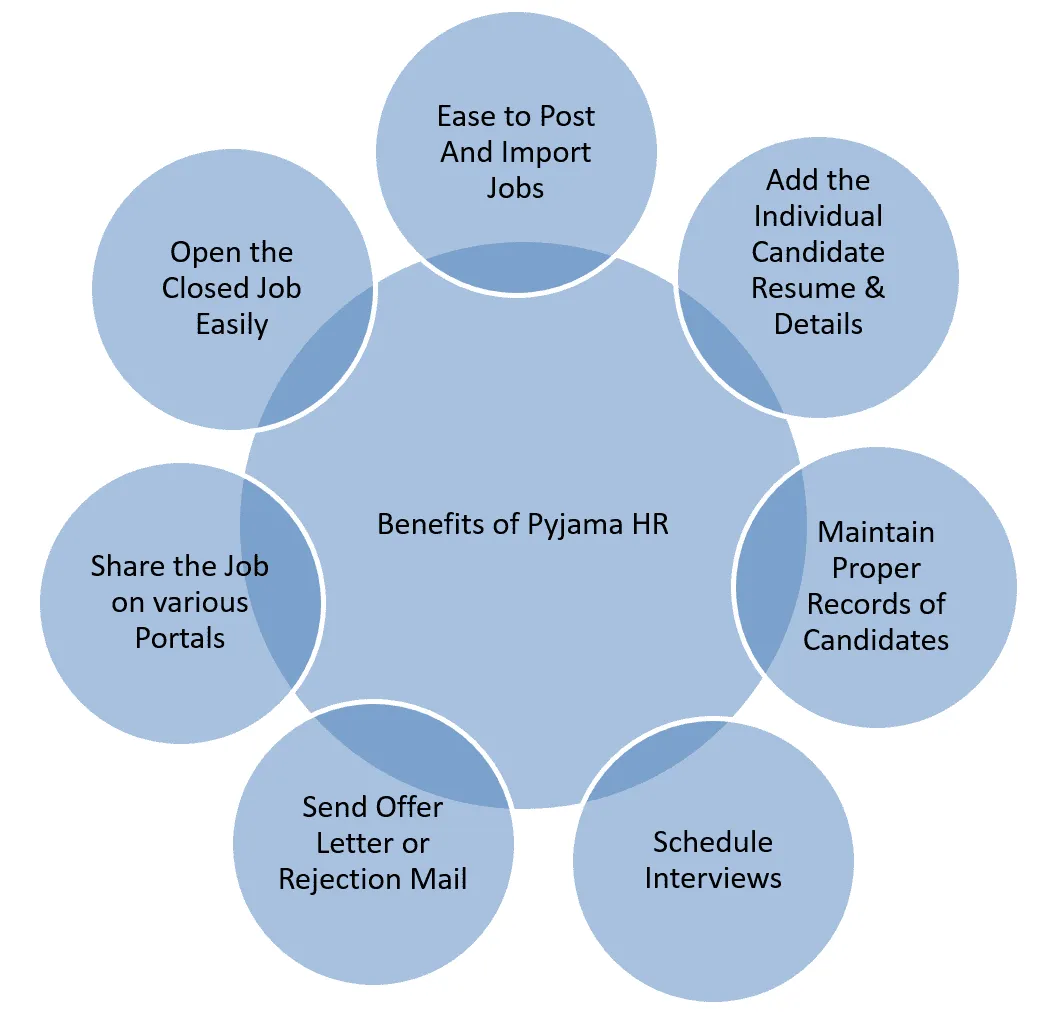
Advantage of using ATS to HR
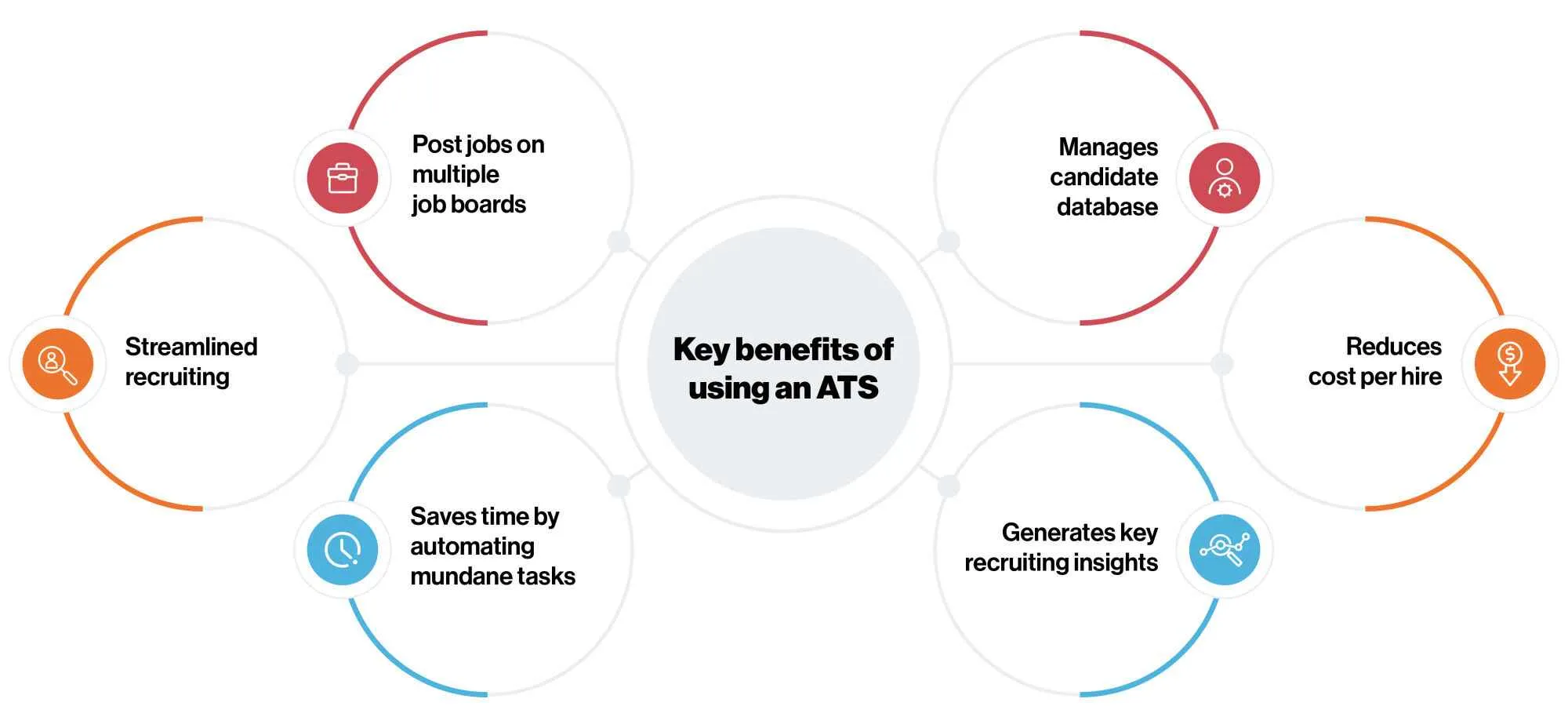
- Streamlined Recruiting : Growing businesses often end up recruiting for multiple positions at the same time. The process can become chaotic very quickly in the absence of a good applicant tracking system. An ATS enables you to manage your entire hiring process, from start to finish, on a single platform, so you don’t waste time juggling between multiple spreadsheets and tools to gather basic information.
- Posts jobs on multiple job boards :Companies end up spending huge parts of their hiring budget on paid subscriptions to job boards like LinkedIn, Indeed, Monster, etc to make sure that they attract the best candidates. While it is easy to find better candidates through these popular job boards, it can become time-consuming and expensive to juggle multiple job boards—and the worst part is, that there’s no tangible data that can tell you where your best candidates are coming from.
- Saves time by automating mundane tasks : : Applicant tracking system advantages include enabling you to focus more on tasks that truly require your attention rather than spending manual resources on routine, mundane tasks. With your applicant tracking system, you can automatically screen resumes and reject candidates based on custom requirements.;
- Builds your brand :Whether you end up hiring a candidate or not, it’s crucial to make sure that they have a good experience while interacting with your organization in any manner. By using an ATS, you can ensure that your candidates are in the know about each stage of their interview process—and transparency + communication are two of the most important factors for building a good brand reputation.
- Manages talent database :Job boards can give you access to a good selection of candidates who might be suitable for open roles in your organization, but one of the best sources of recruitment often lies neglected—your talent pool. While sourcing candidates, you’ll encounter some exceptional ones who are not an immediate fit. This collection of candidates makes up your talent pool, and with the help of an ATS, you can nurture them for a later role.
Conclusion:
The applicant Tracking System is a very effective hiring solution that most of the successful recruiters utilize. An applicant tracking system (ATS) helps companies' HR to organize and track candidates for hiring and recruitment purposes. These systems allow businesses to collect information, organize prospects based on experience and skill set, and filter applicants. So companies should use this because it helps Company HR to do streamlined Recruiting and helps in managing the candidate database. So by using this we can track candidate data easily, and it makes HR process smooth and effective.
Read more blogs here



